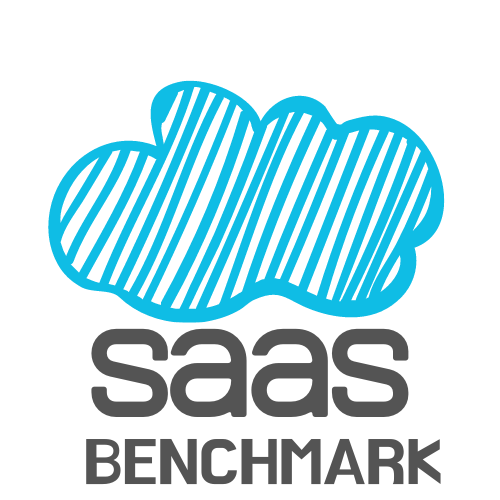Transition to SaaS: 5 Considerations
The best thing about the SaaS business model is the potential for much greater company valuations. SaaS companies are consistently valued much higher than either professional service or licensed software companies (possibly 5 to 7 times more, depending on the business model and market conditions).
Perhaps you have considered transitioning to a SaaS model. Here are 5 things to keep in mind.
1. Product Development & Financing
As a SaaS company, you will be selling subscriptions to a product. That means you must have a product to sell, and you must develop a product if you don’t have one.
SaaS companies spend lots of money upfront to develop a product. A return on this investment takes time as customers pay relatively small amounts every month. Consider how much investment will be needed and what possible financing options are. Check out this article from JP Morgan for more discussion.
2. Your ideal customer
What type of customer are you targeting with your SaaS solution? Consider whether this “SaaS customer” is similar or different from your existing customer. Do your existing marketing and sales channels need to change to reach this SaaS customer?
Think about how your target customer will influence your product development. It’s preferable for your SaaS product to be broadly accessible to many customers, not one that requires a lot of customization.
3. Your existing customers
Are you going to continue to serve existing customers? If so, for how long? Will these customers migrate to the SaaS model, or will they have to be phased out? What is the timeline for this?
Answers to these questions will depend on your new business model: pure SaaS or hybrid SaaS, where some degree of professional services are still offered.
4. Metrics
Traditional GAAP metrics do not provide maximum insight into a SaaS company’s performance. As a result, the SaaS industry has developed specialized metrics to track performance. Well-known metrics include Monthly Recurring Revenue (MRR), Net Dollar Retention, Churn, and Customer Lifetime Value. Management needs to develop familiarity with these new metrics and understand the information they convey.
Additionally, consider whether existing financial systems have the ability to capture the data used to calculate these metrics.
5. Financial Statements
SaaS revenue is derived from customer contracts, which means recognizing revenue in accordance with ASC 606 – Revenue from Contracts with Customers. Does your company already derive revenue from contracts, or is this framework unfamiliar?
There will likely be a drop in revenues early in the transition. Customers are now paying smaller amounts over time instead of a large upfront payment. However, over time revenue will increase if customers don’t churn, as revenue recurs each month and is cheap to scale.
Additionally, if customers are paying upfront, Deferred Revenue will be on your balance sheet. Deferred Revenue is a liability, but unlike payables or debt, Deferred Revenue does not require cash to settle. It only requires the company to provide the services contracted for (i.e., what the company is in business for). Thus, it is a liability that settles itself over time. However, consider the impact an increase in liabilities might have on any financial ratios or covenants.
Conclusion
Want more details on the transition to a SaaS model? Check out these posts by Early Growth Financial Services and Lewis Miller, CEO of Qvidian.
One final thing to consider: as you look into transitioning to a SaaS model, much of the focus out there is on licensed software companies moving to the cloud. Remember that professional services firms can also transition to SaaS by productizing a service.




